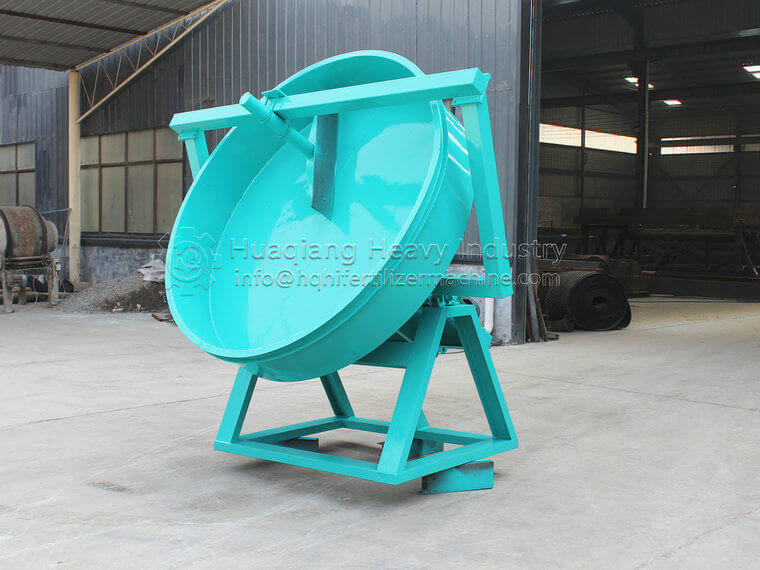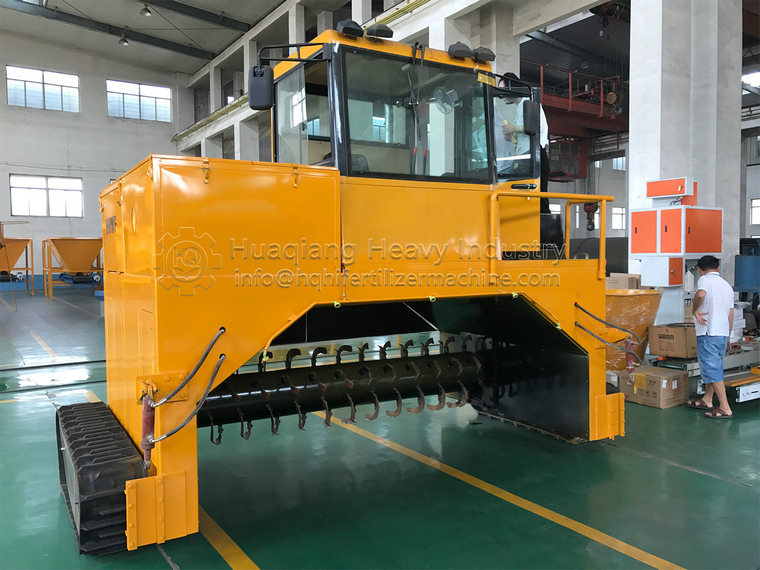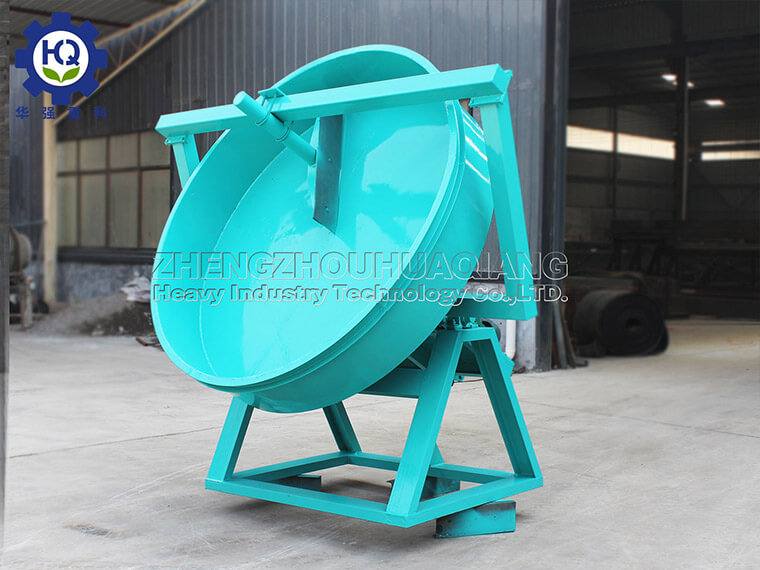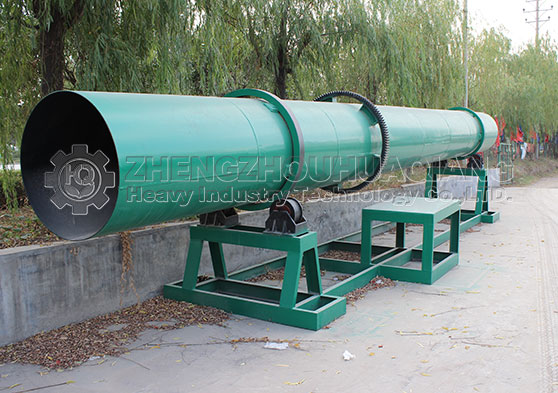The use of conversion granulators or roller extrusion granulators to produce granular fertilizers will have different effects on the physical properties and production process of the final product:
1. Physical properties of the product:
Conversion granulator:
The produced particles usually have good fluidity and uniformity because they are formed on a rotating disk, which helps to produce particles with regular shapes and consistent sizes.
The surface of the particles may not be as smooth as that of a roller extrusion granulator, and sometimes there may be some cracks or incomplete molding.
Due to the effect of centrifugal force, the density of particles may be lower, but the density and hardness of particles can be optimized by adjusting process parameters.
Roll squeezing granulator:
The produced particles usually have high density and hardness because they are squeezed between two rotating rollers, which helps to produce dense and uniform particles.
The particle shape is regular, usually cylindrical or square, with a smooth surface and no cracks.
Due to the possibility of high temperatures during the extrusion process, it is necessary to pay attention to controlling the thermal stability of the raw materials to avoid thermal decomposition or loss of nutrients.
2. Production process:
Conversion granulator:
The production process is relatively mild, and the raw materials experience less shear force on the rotating disk, making it suitable for handling heat sensitive or fragile raw materials.
It can handle wet and dry materials, but for highly viscous raw materials, desiccants may need to be added to reduce adhesion.
The energy consumption during the production process is relatively low.
.jpg)
Roll squeezing granulator:
During the production process, a large amount of pressure is required to squeeze the raw materials, which may cause local overheating of the raw materials. It is necessary to control the temperature of the raw materials to prevent thermal damage.
The gap between the rollers can be adjusted to meet the production needs of different particle sizes.
The energy consumption during the production process is relatively high, especially when dealing with hard or high viscosity raw materials.
3. Applicability:
Conversion granulator:
Suitable for producing various types of granular fertilizers, including organic fertilizers, inorganic fertilizers, compound fertilizers, etc., as well as special fertilizers that require maintaining a certain shape and particle size uniformity.
For materials with strong viscosity or fragility, pre-treatment or the addition of additives may be necessary to improve the molding effect.
Roll squeezing granulator:
Specially suitable for producing granular fertilizers with high hardness and density, such as organic-inorganic compound fertilizers, slow-release/controlled-release fertilizers, etc.
For highly viscous raw materials, it may be necessary to add desiccants or pretreatment to improve the molding effect.
4. Economy and sustainability:
Conversion granulator:
Due to the low energy consumption in the production process and wide adaptability to raw materials, the conversion granulator performs well in terms of economy and sustainability.
Energy consumption can be further reduced by recycling and reusing waste heat from the production process.
Roll squeezing granulator:
Although the production efficiency is relatively high, due to high energy consumption, the roller extrusion granulator may be slightly inferior to the conversion granulator in terms of economy and sustainability.
However, for certain special types of fertilizer production that require high-density and high hardness particles, a roller extrusion granulator may be a more economical choice.
When choosing which granulator to use, the characteristics of raw materials, expected product quality, production costs, and environmental impact should be comprehensively considered. For most conventional pellet fertilizer production, the conversion granulator is widely used due to its low energy consumption and good applicability. The roller extrusion granulator plays an important role in producing high-density and high hardness granular fertilizers.
.jpg)




.jpg)


.jpg)